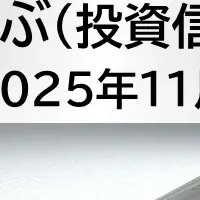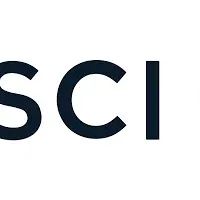
Unlocking Impact: How Fixed Income Investments Can Drive Positive Change
New Research Unlocks the Potential of Impact Fixed Income
Recent findings from a collaboration between Builders Vision, Tideline, and BlueMark shed light on a significant and often overlooked opportunity in the world of fixed income investments. Despite fixed income being the largest asset class globally, it has not traditionally been associated with delivering social or environmental benefits. This new research suggests that these investments can indeed serve as powerful vehicles for impact, offering both financial returns and positive contributions to society and the environment.
The authors of the report titled "Scaling Solutions: The Fixed Income Opportunity Hiding in Plain Sight" advocate for the concept of "impact fixed income." They argue that this investment category is experiencing rapid growth and can offer predictable returns comparable to traditional fixed income instruments. Notably, the research presents impact fixed income as not only attainable but also appealing for investors seeking to create positive change without sacrificing financial performance.
Key Features of Impact Fixed Income
According to the research, several characteristics of the fixed income asset class make it particularly well-suited for impact investing:
1. Responsiveness: Fixed income investments can quickly mobilize capital for urgent needs, such as disaster relief and pandemic responses. This agility makes them indispensable during critical times.
2. Scale: The vast capital available within fixed income markets can significantly enhance funding for initiatives aimed at transitioning social, environmental, and economic systems. This includes financing efforts like corporate climate initiatives and affordable housing projects.
3. Precision: Impact fixed income allows for targeted investments in specific localities or initiatives, ensuring that capital is directed where it is needed most.
In light of these attributes, the report also indicates a strong demand for an impact-oriented approach among institutional investors. An impressive 44% of total assets under management (AUM) reported in the 2024 Impact Investor Survey by GIIN were allocated to fixed income. Furthermore, the sustainable bond market is thriving, consistently seeing an infusion of $1 trillion in new issuances yearly, poised to reach $6 trillion in cumulative total even amid economic fluctuations.
The increase in energy transition debt issuance indicates a growing recognition of the impact potential within fixed income. Bloomberg estimates show that this debt totaled $1.01 trillion in 2024, significantly overshadowing the $50.7 billion raised for climate-tech equity during the same period.
Best Practices for Impact Fixed Income
The researchers emphasize the importance of understanding best practices within the impact fixed income space as it grows. They propose a robust taxonomy to help define and categorize investment strategies, allowing investors to navigate this evolving landscape more effectively. This taxonomy includes three main categories:
- - Responsibility-focused: This strategy prioritizes securities based on the issuer's commitment to responsible practices.
- - Impact-aligned: This approach selects securities based on their contributions to addressing social and environmental challenges through their revenues or use of proceeds.
- - Impact-centered: This method focuses on investments that align directly with an investor's specific impact strategy.
In addition to defining these categories, the report also provides practical resources aimed at institutional asset owners seeking to engage in impact fixed income investments. These resources encompass case studies that exemplify successful strategies across various asset managers, including Community Capital Management and T. Rowe Price.
Call to Action for Investors
The urgency to activate the fixed income market for impact is emphasized by industry leaders. Noelle Laing, CIO of Builders Vision, expresses concern that many asset managers perceive fixed income solely as a risk mitigation tool rather than a solution-oriented investment opportunity. Conversely, Ben Thornley, Managing Partner at Tideline, highlights the enormous potential for growth if investors unlock the opportunities in impactful fixed income. He believes that a focus on fixed income's unique characteristics will help attract larger allocations into this area.
Sarah Gelfand, President of BlueMark, reinforces these points by demonstrating that current approaches among fixed income investors are largely aligned with existing industry frameworks, laying the groundwork for the institutionalization of impactful fixed income investing.
Conclusion
Builders Vision, Tideline, and BlueMark are paving the way for a future where fixed income investments not only provide financial returns but also serve as catalysts for meaningful societal and environmental change. With the right frameworks and commitment from investors, the impact fixed income market can continue to expand, ultimately contributing to a more resilient and sustainable world. As these discoveries unfold, they present an exciting opportunity for investors to align their portfolios with their values, transforming the perception of fixed income investments.
Topics Financial Services & Investing)










【About Using Articles】
You can freely use the title and article content by linking to the page where the article is posted.
※ Images cannot be used.
【About Links】
Links are free to use.